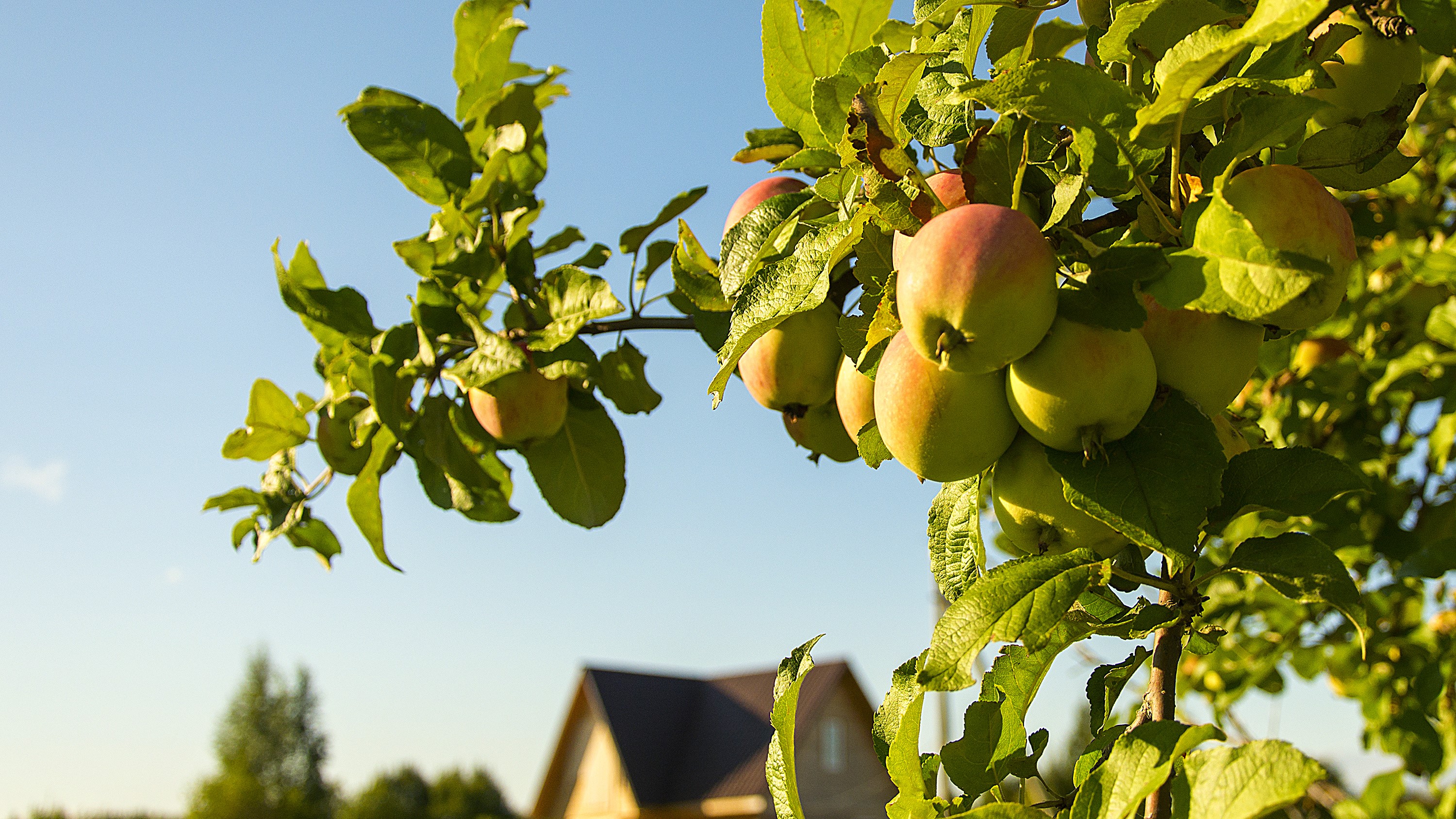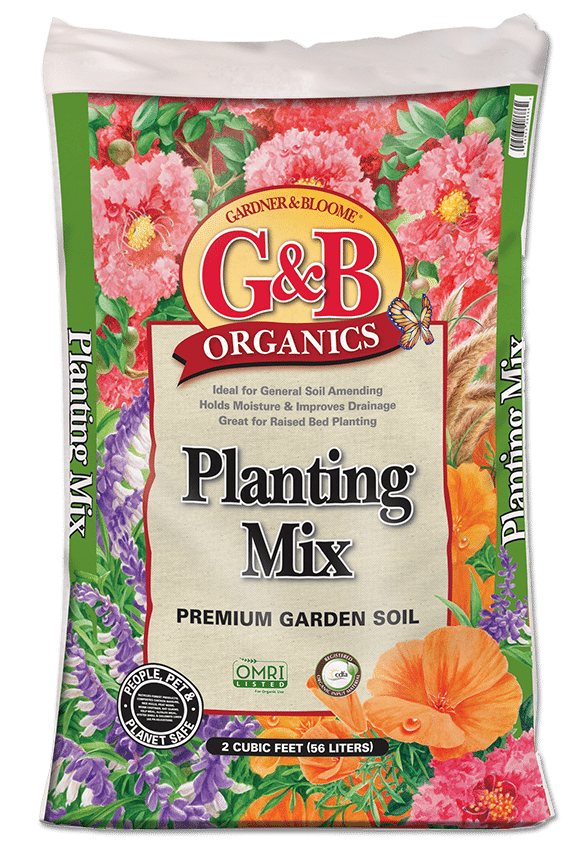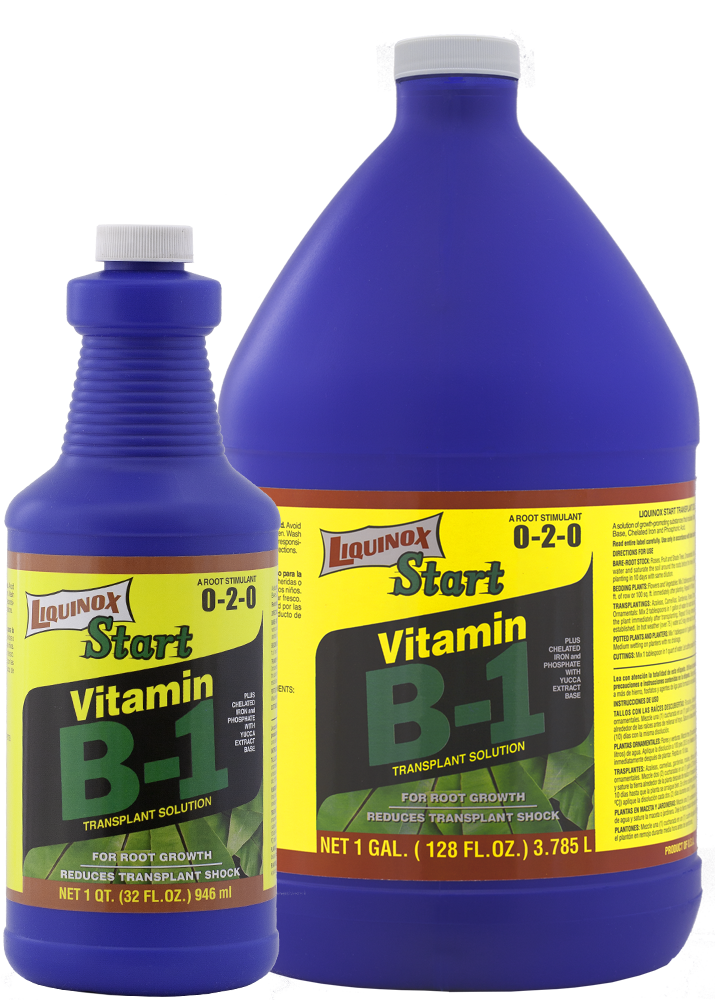
Fruit Tree Planting Season is Here
What could be more rewarding than being able to walk outside and pick fresh ripe fruit right off your own tree? And what could be more tantalizing to the taste buds and senses than an aromatic, sweet and juicy, fresh peach or a firm, crisp apple?
Starting a small home orchard is both fun and simple, and can present you a bountiful supply of right off the tree fruity goodness for years to come.
January is the perfect time to purchase and plant “bare root” fruit trees. What does “bare root” mean? These are trees that are grafted and grown for years in nursery fields, let to go dormant in the fall, and then dug up with the roots left “bare”. They are then put into climatically controlled buildings waiting to be bundled and shipped to retail nurseries such as Central Valley. In early January, we will be receiving over 800 trees: apples, apricots, apriums, cherries, mulberries, nectarines, nectaplums, peaches, pears, Asian pears, persimmons, plums, prunes, pluerrys, pluots, and almonds.
Pick trees with types of fruit that you and your family with eat and enjoy. It is also fun to pick varieties that may not be commercially available. Check the varieties you are wanting to see if it is ‘self-fertile’ (will produce fruit on its own), or if it needs a ‘pollinizer’ (needs a different variety to supply pollen for fruit to form).
How to Work with Bare Root:
After purchasing, keep the roots moist until planting, as dried out roots will eventually die. Keep roots wrapped in damp paper or towels, or if planting is delayed, dig a trench and lay trees down, cover roots with soil and water in.
Trim away broken roots and damaged twigs and branches.
Pick a location where trees will get as much sun as possible: at least six to eight hour per day. Make sure drainage is good, to avoid waterlogged and muddy soil.
 Dig holes about two times wider than the roots and deeper than the root mass. Combine native soil with a good planting mix such as Gardner and Bloome Planting Mix or California Planting Mix, at about a half and half ratio. Make a firm ‘cone’ shape of soil in the hole and sprinkle EB Stone
Dig holes about two times wider than the roots and deeper than the root mass. Combine native soil with a good planting mix such as Gardner and Bloome Planting Mix or California Planting Mix, at about a half and half ratio. Make a firm ‘cone’ shape of soil in the hole and sprinkle EB Stone  Organics Sure Start starter fertilizer on and around the cone. Set tree on ‘cone’ and fill soil around the root system firming the soil as you fill. Make sure that the ‘graft union’ (‘knob’ on the lower end of the trunk) is well above the soil line and facing north.
Organics Sure Start starter fertilizer on and around the cone. Set tree on ‘cone’ and fill soil around the root system firming the soil as you fill. Make sure that the ‘graft union’ (‘knob’ on the lower end of the trunk) is well above the soil line and facing north.
Water the tree in with a mixture of 1 tablespoon Liquinox B-1 root stimulator with a gallon of water, to encourage faster root development. Keep soil moist but not soggy.
After the work is done, then it is just waiting for your new orchard to wake up, start growing and blooming, and waiting for your delicious home grown fruit to grow and ripen. For additional questions please feel free to talk with any of our knowledgeable and friendly garden center staff. Can’t you just smell the apple pie and the peach cobbler already.
Advantages of Buying Bare Root:
- The trees are dormant which means they are ‘asleep’, will transition easily into your home garden, establish a good root system before spring arrives and upward leaf growth begins.
- This is the time of year where there is the most abundant and varied selection available.
- Bare root are typically less expensive than containerized trees, as there is no cost for pots, soil, and labor to plant them.
- Very easy to transport.
- Bare root trees have the ability to develop a fast and strong root system with an easy transition into the ground when planted in a blend of native soil and planting mix, as opposed to a containerized plant that has more confined roots.
Disadvantages of Buying Bare Root:
- This method typically means starting with smaller and younger trees, so there may be an extra year or two to see the first fruiting. Starting with larger containerized trees, such as 15 gallon to 24 inch boxes, typically are up to two to four years more mature.
- A small percentage or bare root may not ‘wake up’ and start growing properly or at all, and it will take two to three months to know. A containerized tree will already have a developing root system.
By MARK ERICKSON
Plant Buyer



